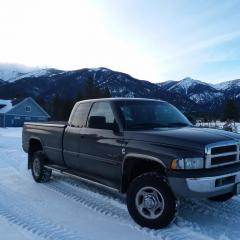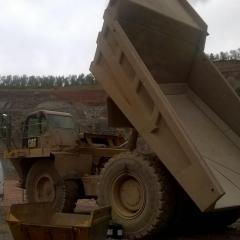- Replies 14
- Views 5.7k
- Created
- Last Reply
Top Posters In This Topic
-
 Tractorman 4 posts
Tractorman 4 posts -
 LorenS 4 posts
LorenS 4 posts -
 wil440 3 posts
wil440 3 posts -
 Mopar1973Man 2 posts
Mopar1973Man 2 posts


So I read this article and would like some input before I spend $40 for a genuine Bosch replacement:
https://mopar1973man.com/cummins/articles.html/24-valve-2nd-generation_50/51_engine/59_fuel/bosch-vp44-injection-pump-overflow-valve-r19/
Symptoms
Other Pertinent Info
My hypothesis
I think the overflow valve is "sticky" - it doesn't open until pressure gets a little high, then blasts open and drops the pressure to around 10 PSI when it finally closes again.
Would love some additional opinions on the matter.